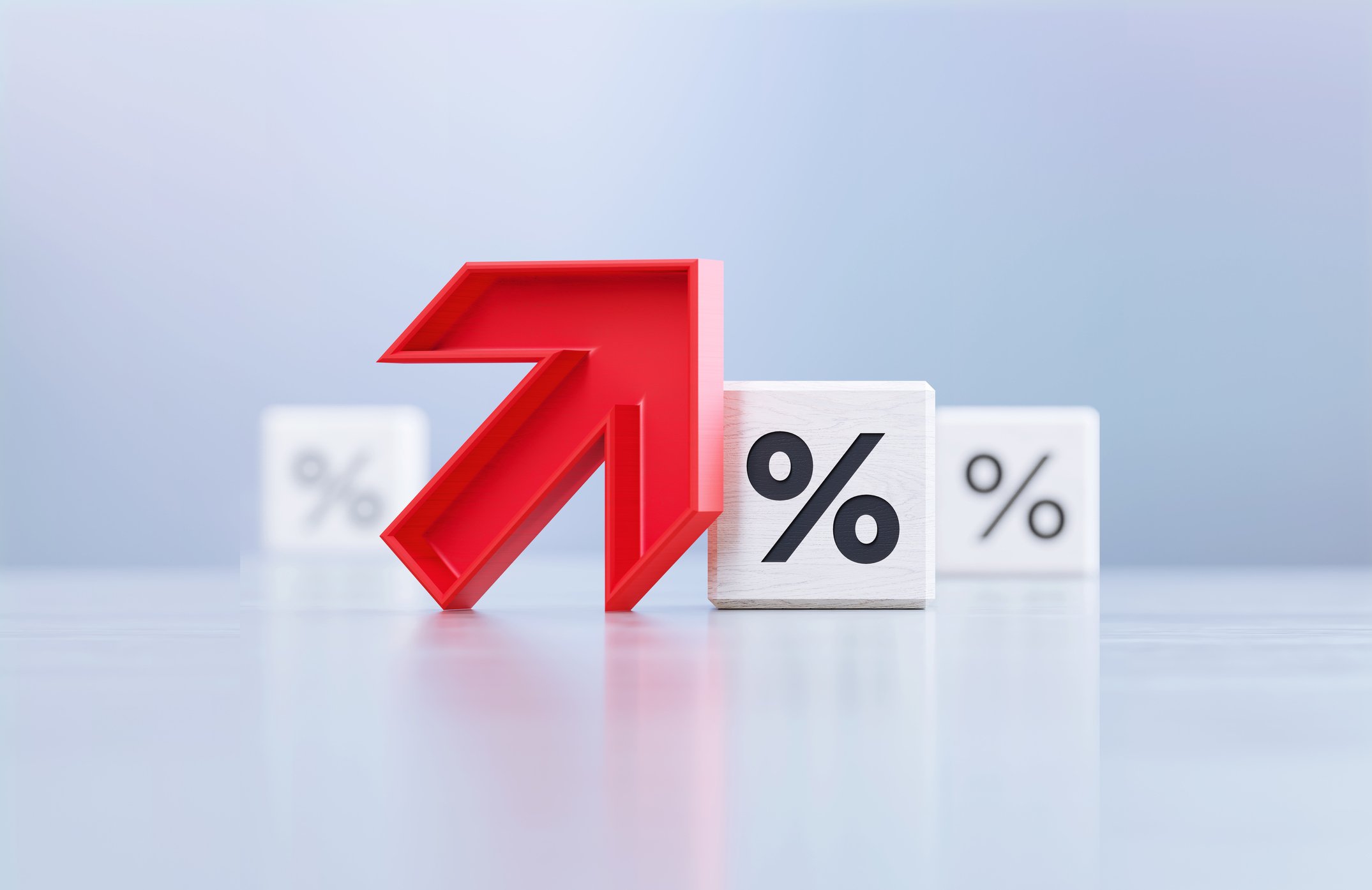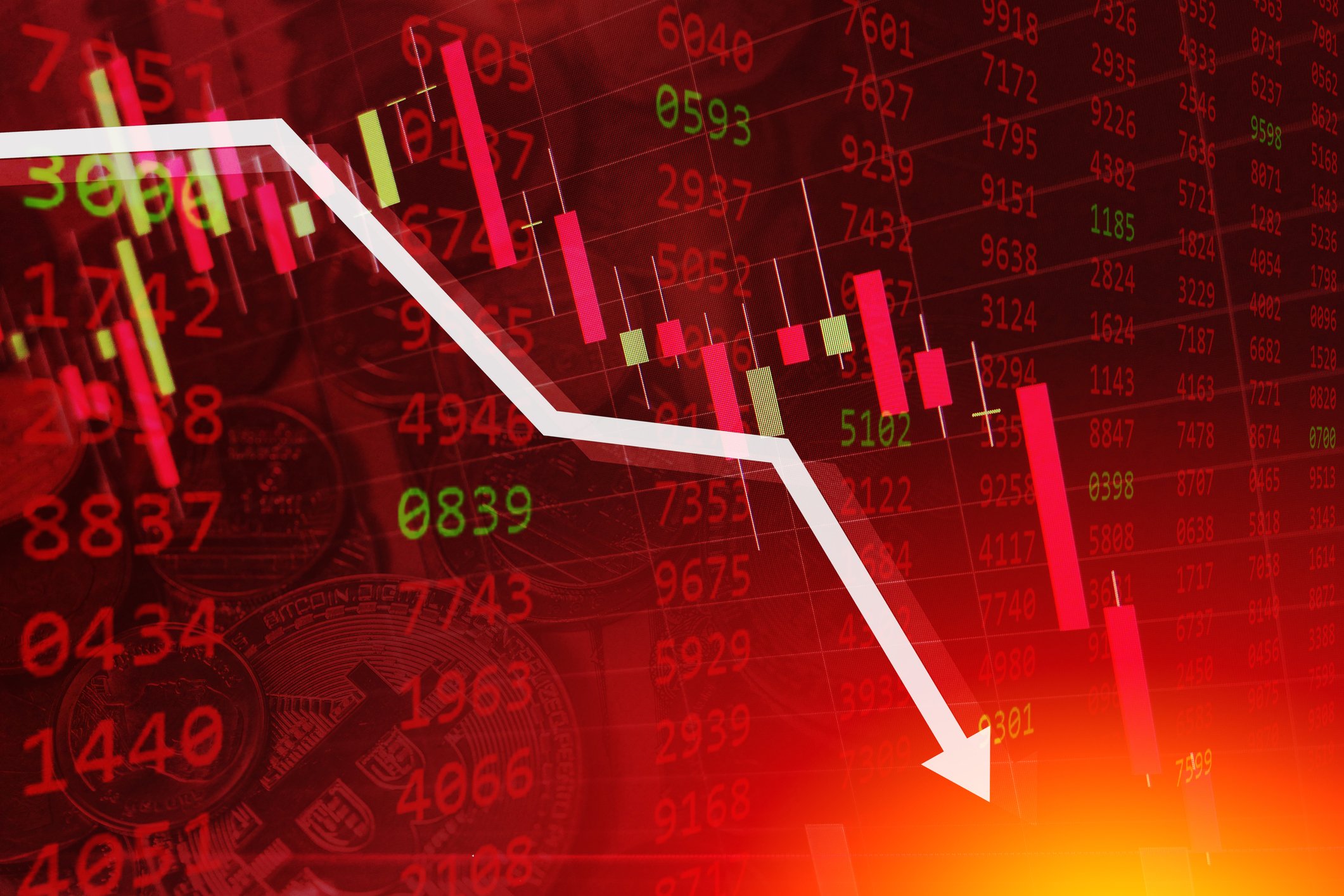In Florida, where I grew up, park rangers occasionally oversaw a controlled burn of the underbrush. All around a section of the forest, men wander about with small canisters of fire, torching the smaller bushes and palmettos. The small fire burns through the brush without taking the trees. If the bushes were allowed to grow, the tinderbox would slowly fill until a single lightning strike would be sufficient to set the whole forest, brush and trees alike, ablaze. When the burn is done, pine trees are scorched halfway up their trunks, making them look like used, upside-down matches.
Someone at Urban Outfitters (URBN 3.60%) saw those trees and thought, "That'd be a good shirt design." Along with spiked boots, oddly fitting pants, and puffy jackets, Urban Outfitters stores will also happily sell you a dip-dyed flannel shirt for $54. For a mere $37, investors can hop onboard, and some analysts have said they see up to a 30% upside to the investment.
Slow, steady sales growth
Over the course of 2013, Urban Outfitters' shares went up and down like a yo-yo. An ironic yo-yo, but a yo-yo nonetheless. The year ended on a sour note, with the company's eponymous brand reporting a 6% drop in comparable sales over the holiday season. However, the optimistic observers were willing to overlook the weakness at Urban Outfitters-branded stores because of the success at the company's secondary brands. Anthropologie and Free People both increased comparable sales, up 21% and 11%, respectively.
Anthropologie now makes up around 40% of the company's revenue, while the Urban Outfitters brand accounts for about 45%. Right now, Anthropologie is the company's strongest brand. In contrast to the wildfire remnants Urban Outfitters is pushing, Anthropologie is selling classic lines and shabby-chic -- covering all the bases, even the most conservative palette.
A strong brand has meant Anthropologie has been able to shore up the falling margins at Urban Outfitters. The net result over the first three quarters of the fiscal year has been a slight uptick in operational income margin. Bullish analysts are predicting Anthropologie's margins to remain strong, while Urban Outfitters makes its way back toward respectability.
What are the risks?
Although Anthropologie is running strong, the company has to get its whole house in order to make the sort of fantastic gains some watchers are forecasting. Like the aftermath of a controlled burn, there's hope that new green shoots will spring up from the fire. To their credit, in a recent presentation, Urban Outfitters' management team laid most of the holiday shortfall squarely at its own doorstep.
Brand weakness was a direct result of the company not having a clear vision for itself. It mixed and matched silhouettes and cuts, leaving customers confused about what the look was meant to be. Instead of selling a concept and a look, it simply sold an assortment of things, like a flea market concessioner. That pushed sales down and increased the need for promotions, which were already in high demand across the mall.
Other businesses fell into the same trap and met with similar ends. American Eagle (AEO 2.21%) watched its foot traffic and sales fall off as the holiday season progressed. Its selection of subtly branded T-shirts and hoodies failed to make their mark against stronger brands. Style-conscious teens were unmoved, opting to wait for promotions before parting with their parents' cash. Markdowns took an estimated 4 percentage points off American Eagle's operating margin over the fiscal year.
Both Urban Outfitters and American Eagle have secondary brands that have done better than the companies' main lines. If 2014 is going to be a year of plenty, then the secondary brands are going to need to take a backseat for a bit while the bigger names get their houses in order. It's not going to be an easy task, and I'm doubtful if either company can pull it together.
Another option for 2014
Investors desperate to find those green shoots would do better to look to Gap (GPS 2.87%). In one of the few teen retailer success stories of 2013, Gap managed to see some meaningful growth. Holiday sales grew at an anemic rate, but they grew, nevertheless. More important, Gap has made a concerted effort to define its brand over the last two years, which has led to a much stronger brand. Margins are expanding, and the company is relying less and less on promotional activity.
While you won't find the charred evidence of a fire at Gap, you may just see new growth peeking up from under the leaves. If the company can keep its head in the sun through 2014, investors are going to find all sorts of lovely surprises by the year's end. Maybe you'll even make enough to buy that hideous shirt, just for kicks.








